Astronomers have used 19 years' worth of Hubble data to detect over 1,000 previously unknown asteroids in our solar system.
The Hubble Space Telescope is most famous for taking images of far-off galaxies, but it is also useful for studying objects right here in our own solar system. Recently, researchers have gotten creative and found a way to use Hubble data to detect previously unknown asteroids that are mostly located in the main asteroid belt between Mars and Jupiter.
To work through so much data, the professional astronomers recruited citizen scientists to help sift through an archive of Hubble images and look for indications of asteroids as part of the Hubble Asteroid Hunter project. They also used machine learning to pick out the signs of an asteroid “photobombing” a Hubble image, by leaving a streak across an image as the asteroid passes by. That allowed them to find a surprisingly large number of objects.
United Kingdom Latest News, United Kingdom Headlines
Similar News:You can also read news stories similar to this one that we have collected from other news sources.
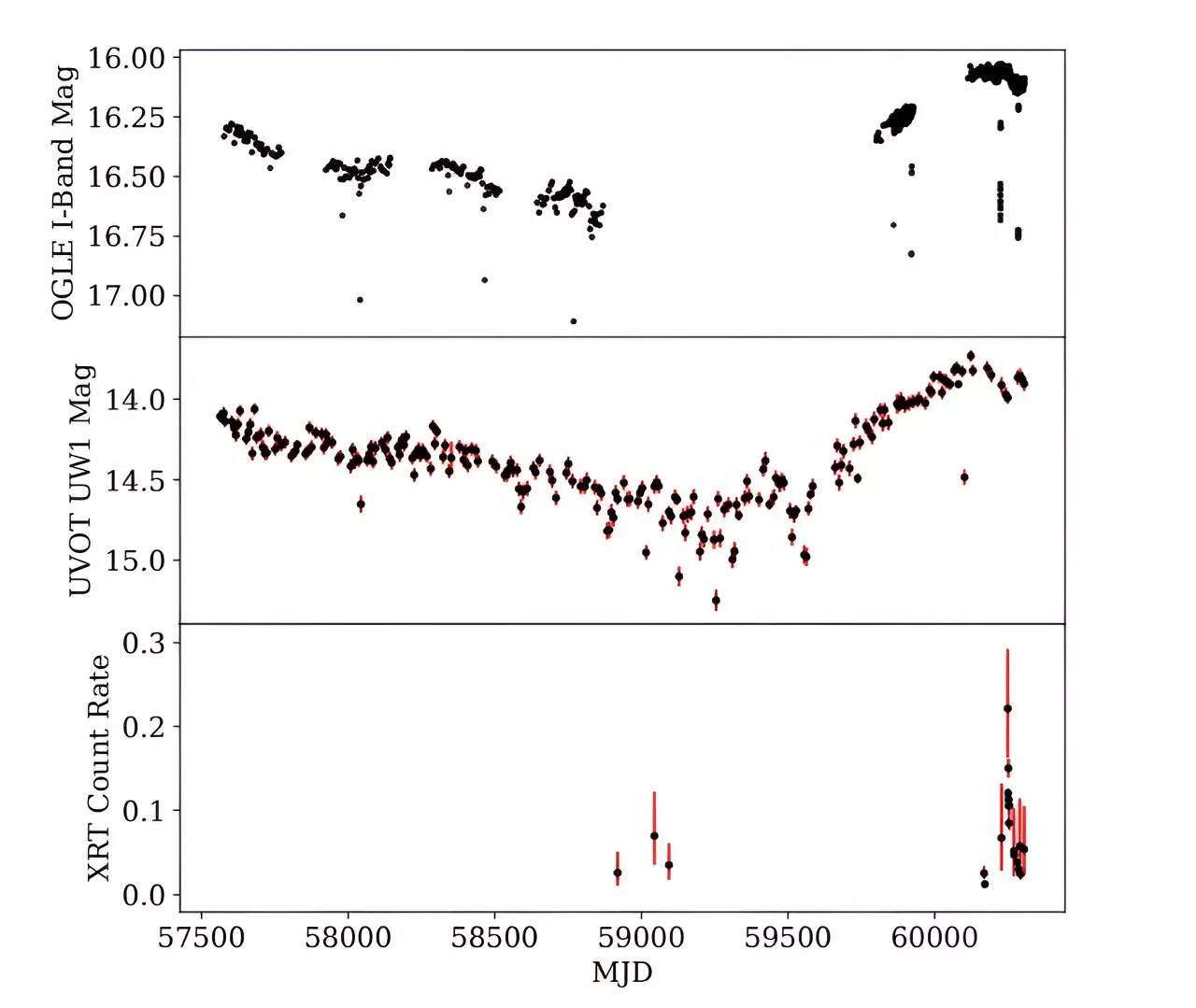 Astronomers discover a rare eclipsing X-ray binaryAn international team of astronomers reports the detection of a rare eclipsing Be/X-ray binary system as part of the Swift Small Magellanic Cloud (SMC) Survey (S-CUBED). The finding was detailed in a research paper published March 12 on the preprint server arXiv.
Astronomers discover a rare eclipsing X-ray binaryAn international team of astronomers reports the detection of a rare eclipsing Be/X-ray binary system as part of the Swift Small Magellanic Cloud (SMC) Survey (S-CUBED). The finding was detailed in a research paper published March 12 on the preprint server arXiv.
Read more »
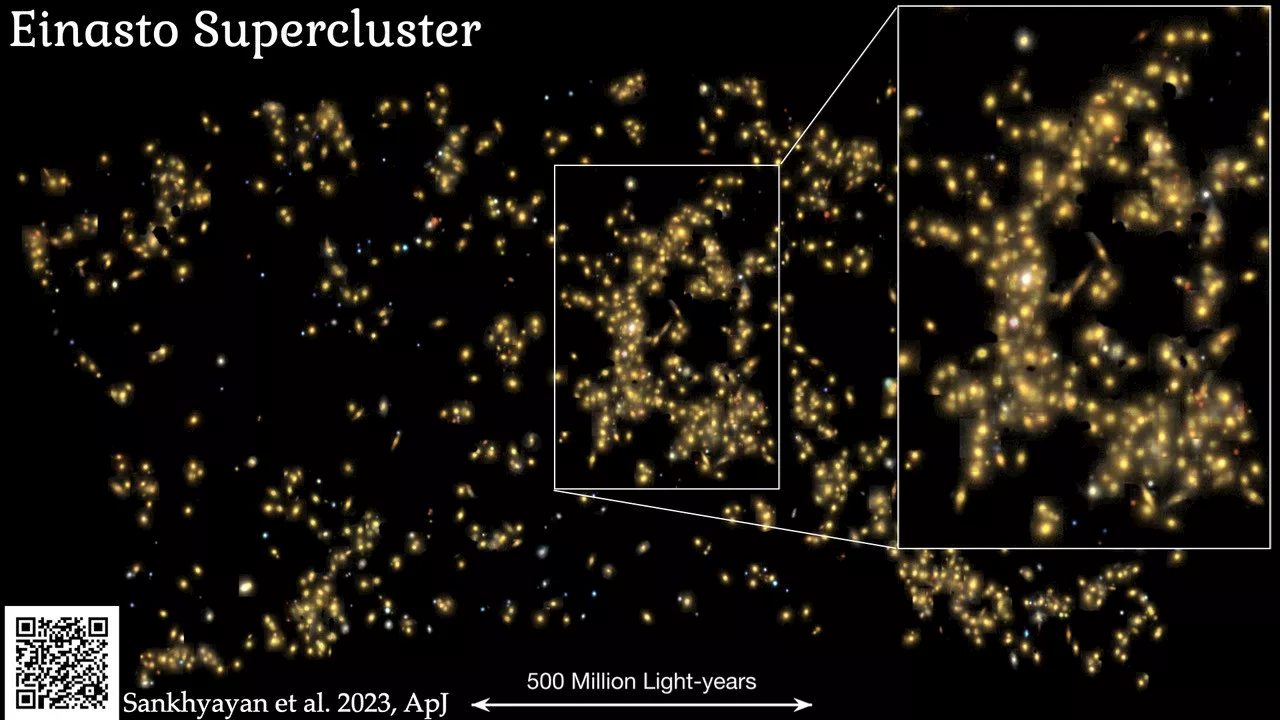 Astronomers Find the Most Massive Supercluster to DateSpace and astronomy news
Astronomers Find the Most Massive Supercluster to DateSpace and astronomy news
Read more »
 Astronomers Discover Surprising Radio Signals Emanating From the SunScience, Space and Technology News 2024
Astronomers Discover Surprising Radio Signals Emanating From the SunScience, Space and Technology News 2024
Read more »
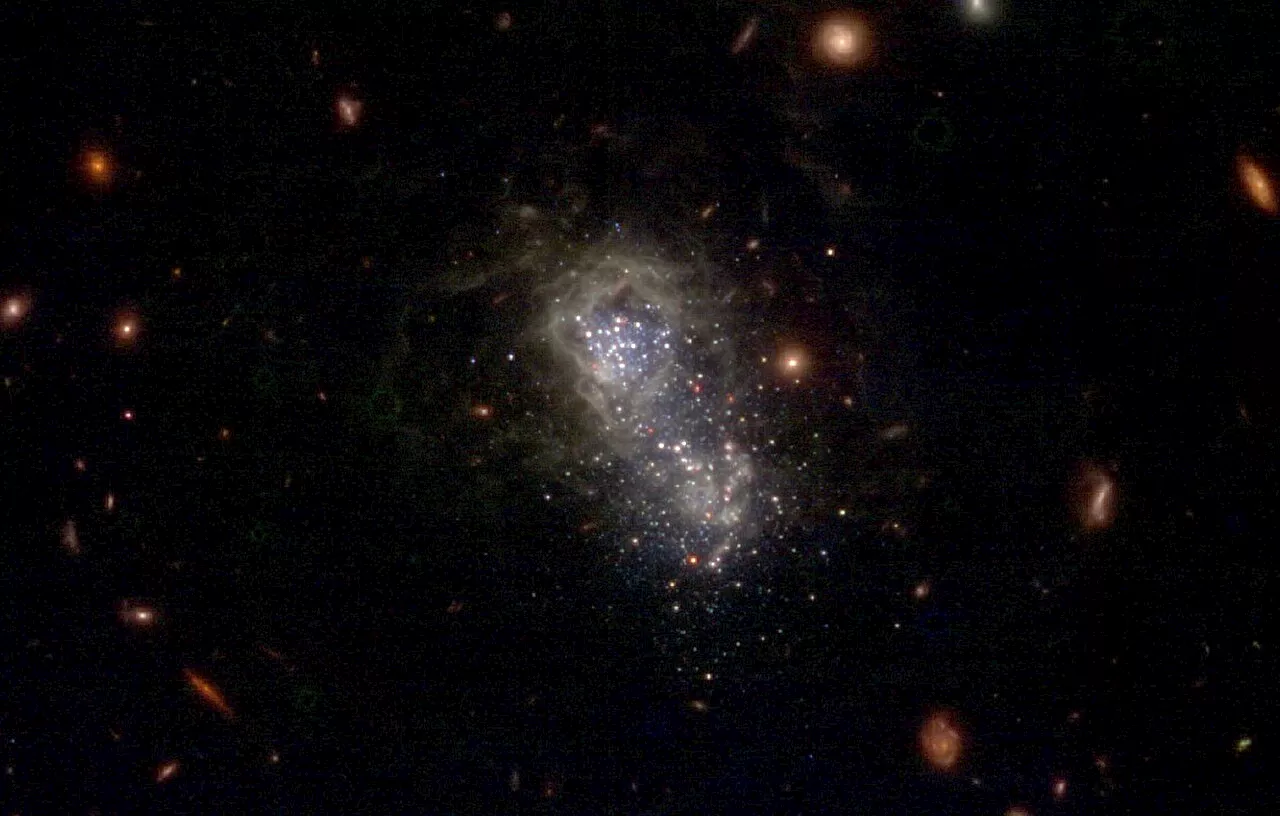 Astronomers explore stellar populations of an extremely metal-poor dwarf galaxyUsing the James Webb Space Telescope, astronomers have conducted near- and mid-infrared observations of an extremely metal-poor blue compact dwarf galaxy known as I Zwicky 18.
Astronomers explore stellar populations of an extremely metal-poor dwarf galaxyUsing the James Webb Space Telescope, astronomers have conducted near- and mid-infrared observations of an extremely metal-poor blue compact dwarf galaxy known as I Zwicky 18.
Read more »
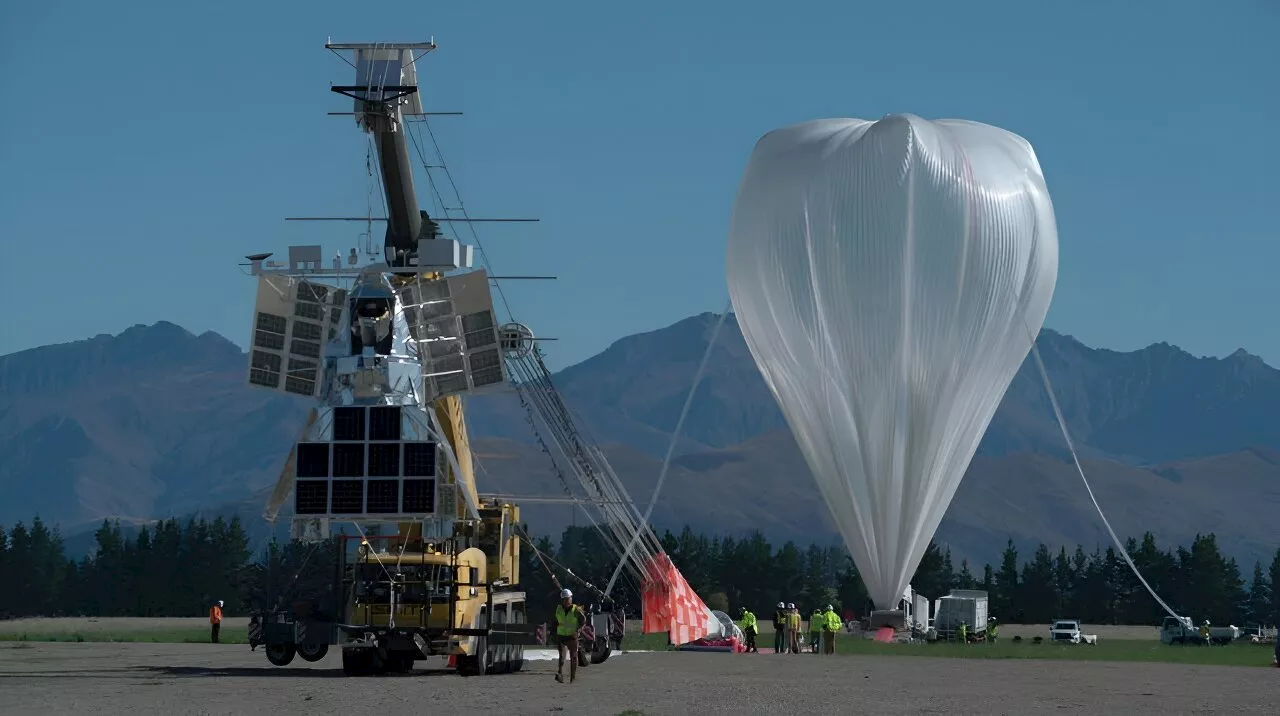 How a balloon-borne experiment can do the job of the Hubble space telescopeAn astronomical telescope designed to complement the aging Hubble Space Telescope lifted off from New Zealand's south island on April 16 2023. But as a sphere the size of a football stadium rose silently and slowly over the Tauhinukorokio mountains, calls started coming in from residents.
How a balloon-borne experiment can do the job of the Hubble space telescopeAn astronomical telescope designed to complement the aging Hubble Space Telescope lifted off from New Zealand's south island on April 16 2023. But as a sphere the size of a football stadium rose silently and slowly over the Tauhinukorokio mountains, calls started coming in from residents.
Read more »
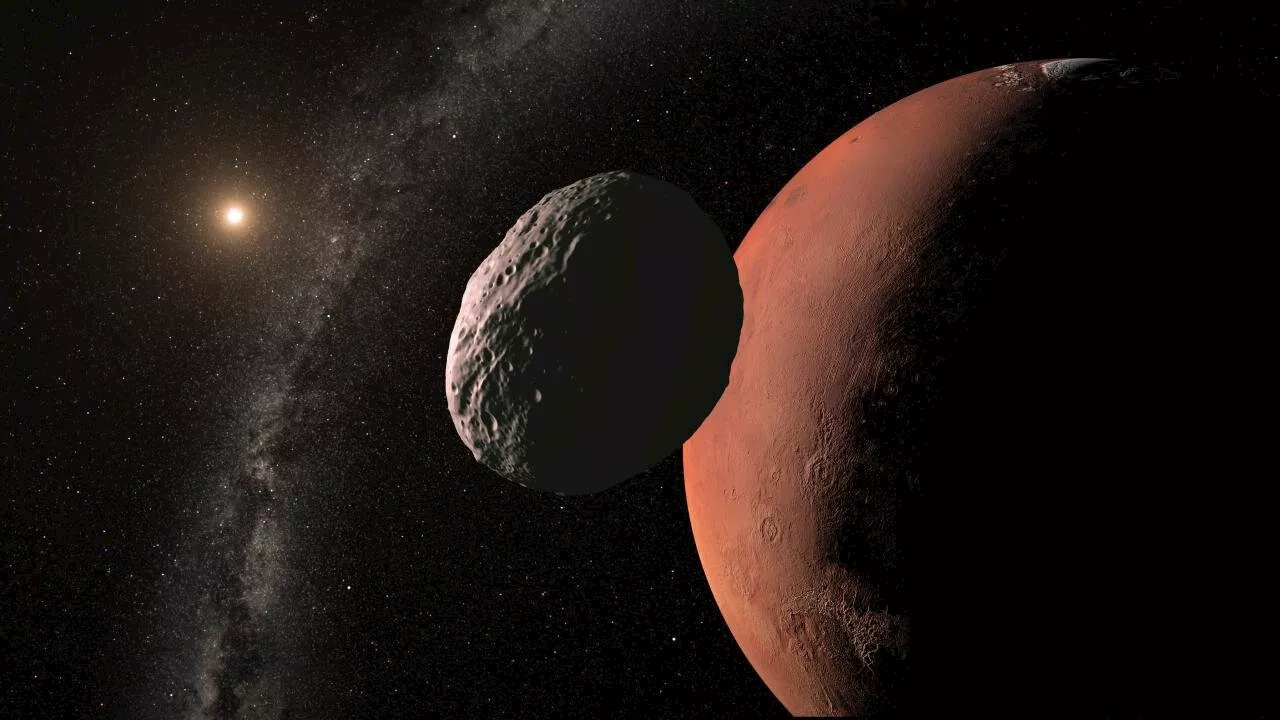 Astronomers confirm a new 'Trojan' asteroid that shares an orbit with MarsUsing observations made with the Gran Telescopio Canarias (GTC) a study led from the Instituto de Astrofísica de Canarias (IAC) and the Universidad Complutense de Madrid (UCM) has confirmed that the asteroid 2023 FW14, discovered last year, is accompanying the red planet in its journey round the sun, ahead of Mars and in the same orbit.
Astronomers confirm a new 'Trojan' asteroid that shares an orbit with MarsUsing observations made with the Gran Telescopio Canarias (GTC) a study led from the Instituto de Astrofísica de Canarias (IAC) and the Universidad Complutense de Madrid (UCM) has confirmed that the asteroid 2023 FW14, discovered last year, is accompanying the red planet in its journey round the sun, ahead of Mars and in the same orbit.
Read more »
